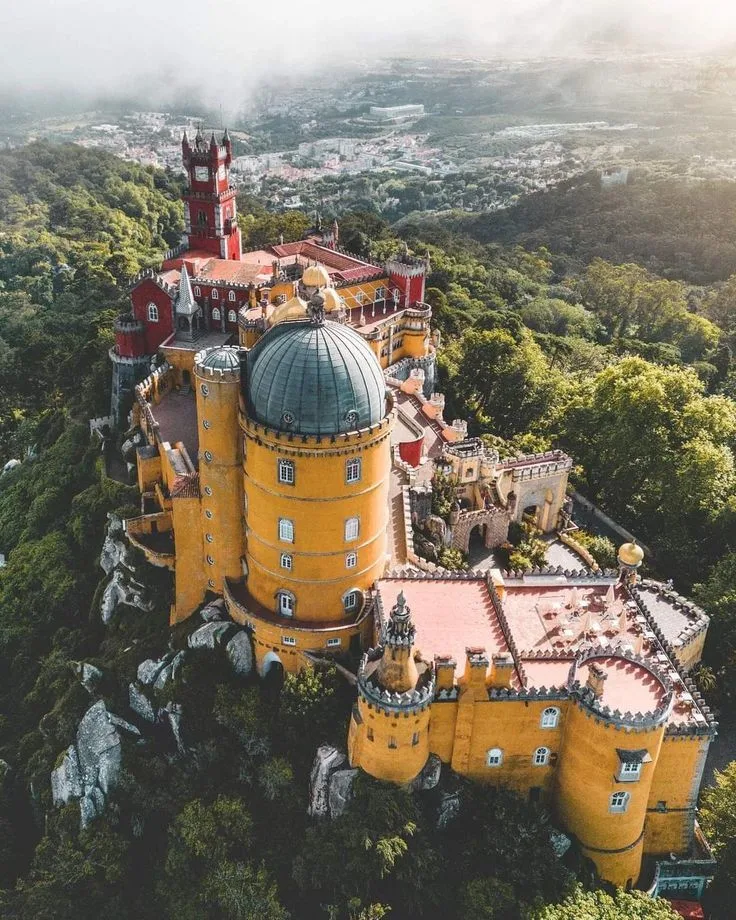The Fascinating Origin of the Name Sintra
When you think of Sintra, you probably imagine fairytale palaces, misty mountains, and breathtaking views. Today, this charming town is one of the top destinations for travelers in Portugal, often included in Sintra Private tours from Lisbon. But behind its romantic atmosphere lies a fascinating story: the origin of its name.
In this article, we’ll explore how Sintra got its name, how it was influenced by mythology and poetry, and why the spelling has changed over the centuries.
Myth, Poetry, and the Goddess Cynthia
During the 17th, 18th, and 19th centuries, writers and poets were enchanted by Sintra’s mystical landscape. They associated the region with the temples of the sun and moon, linking it to Cynthia—a poetic name for the moon goddess, equivalent to Artemis in Greek mythology and Diana in the Roman Empire.
The name Cynthia comes from Mount Kynthos in Delos, Greece, and through this association, the Sintra Mountains began to be symbolically connected with the moon, mystery, and the divine. Many believed that “Cintra” (the spelling then in use) derived from Cynthia.
This poetic vision reinforced the image of Sintra as a magical place, a land of inspiration, and one of the most romantic corners of Portugal—a reputation that still lives on today, especially for those who visit on a Sintra day trip from Lisbon.
Historical Evidence: The “S” in Sintra
As historical research advanced in the 19th century, scholars began to uncover older references to the mountain range in official documents from the Kingdom of Portugal. These texts, written in both Portuguese and Latin, already used the spelling with an “S”: Sintra.
This discovery showed that the poetic theory of Cynthia was more literary invention than historical fact. The true roots of the name likely predate classical mythology and are deeply connected with the ancient presence in the Iberian Peninsula, although its exact etymology remains debated.
The 1911 Spelling Reform
The spelling Cintra remained in use for centuries, especially in literary works and foreign references. However, with the establishment of the Portuguese Republic in 1910, a major spelling reform in 1911 modernized the written language.
This reform eliminated archaic forms and reinstated spellings closer to historical usage. As a result, Sintra became the official and standardized spelling, replacing Cintra.
Sintra: From Myth to Modern Travel
The journey of the name reflects how culture, literature, and scholarship shape the way we see places. Today, Sintra is much more than a name—it’s a symbol of Portugal’s heritage, romance, and natural beauty.
From the Pena Palace and Quinta da Regaleira to the Moorish Castle and Sintra’s lush forests, the region continues to inspire visitors just as it inspired poets centuries ago.
For travelers, exploring this UNESCO World Heritage Site is like stepping into a living poem. Whether you choose a private Sintra tour or a shared Sintra day trip from Lisbon, you’ll discover why this magical mountain range has captivated people for centuries.
Plan Your Visit with a Sintra Tour
If you want to truly experience the enchantment of Sintra, a guided tour is the best option. With a local guide, you’ll learn not only about the monuments but also about the legends, myths, and hidden corners that shaped its story.

